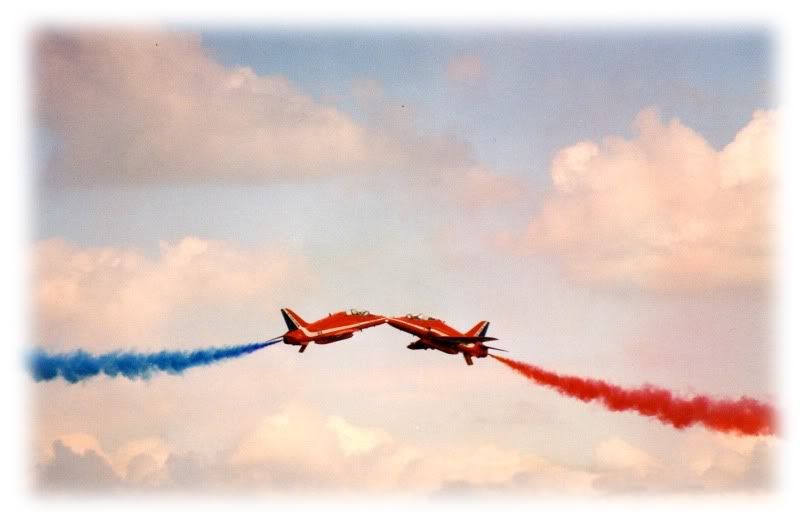Circuits & bumps are called con training, continuation training, and it's where the drivers get most of their experience.
The stress life of an aircraft is mainly based on the landings they do because that's where most of the stress is. If you compair the end of life flying hours of a civy aircraft to an R.A.F. jobbie you will find that the civy aircraft of the same age will have a lot of times more flying hours. They only land when they have to, i.e. at the end of a paying leg, but !! they don't have to go into unknown airfields at any time like the R.A.F. do.
You mentioned the Belslug, sorry Belfast Robbo. I was unfortunate enough to be a eleky on those abortions for 5 years at Brize. They were under powered with RR Tyne engines, could not do the inflight refuling they were supposed to do, couldn't do the heavy airdrops they were supposed to do and if the same committe that designed the camel to look good had been booted out from the Belfast design it would have looked very similar to the C17. I could go on, but?? The one good thing about them is that they were designed to fly around the world, in flight refuel and carry 2 complete crews. So under the cockpit is/was a nice little room with 6 very comfortable bunks in it and they were ideal for getting ones head down on quiet night shifts :mrgreen: :mrgreen: :mrgreen: So they weren't totally useless.
At the eastern, Bampton, end of the runway the only thing that used to seperate the runway from the Bampton road was a frangable fence (so that an aircraft could go through it with minimum damage), a narrow fotpath size strip of tarmec, a low curb and the road. I had just come off shift and had to go to Bampton for something and standing right on r=the center line were a complete family watching the landings. I stopped my very posh Ford Prefect (well it went anyway?) and caleed to the bloke that it wasn't safe to stand there. He got all stroppy and started on that just because I was in uniform with 3 stripes on my arm I couldn't boss him around and it was OK because they were quite high up when they went over. I asked him to count the wheels on the next Belslug, guess how far apart and to compair the number of skid marks aross the road between him and me and and the width of the nice new bot of frangible fence between him and the runway, and with a "good day sir" I drove off. As I went over the old railway bridge the other side of the airfield he was rushing everyone off of the center line. A few days before we had had a belslug undershoot because of a percular cloud formation that sometimes happens on that approach. The driver stuck the nose down to get out of it and only just managed to clear the 6 or so foot bank on the side of the road away from the runway. He left a 16 wheel skid mark across the road and took out the frangible fence as klean as a whistle :mrgreen: A tax disk appeared in the windscreen the next day :mrgreen:
The VC10 was a beautiful aircraft both to work on and to fly in. Yes, it was noisey and it left smoke behind it, but not as much as Concord, 707s and a load of other aircraft of its era. If it had been developed then it would have been as clean and quiet as any other aricraft of their time. I didn't spend as much time on the Bels as the 10s thank god, because only nine Bels were ever built and one of those went to Boscombe Down where they proved what a dog it is/was (hammer)
I loved my time in the R.A.F. and it was a very special job just being able to work on some of the most famous aircraft ever to fly, shame about the Belslug though :lol:
 I just had to pull in to a layby and watch the display. Was kicking myself afterwards that I hadn't filmed it at the time. Watched the crossover between two of them and have to say they were pretty close! Those guys have nerves of steel, I was full of admiration for them. Strangely enough my customer is a Squadron Leader at Waddington.
I just had to pull in to a layby and watch the display. Was kicking myself afterwards that I hadn't filmed it at the time. Watched the crossover between two of them and have to say they were pretty close! Those guys have nerves of steel, I was full of admiration for them. Strangely enough my customer is a Squadron Leader at Waddington. 

































